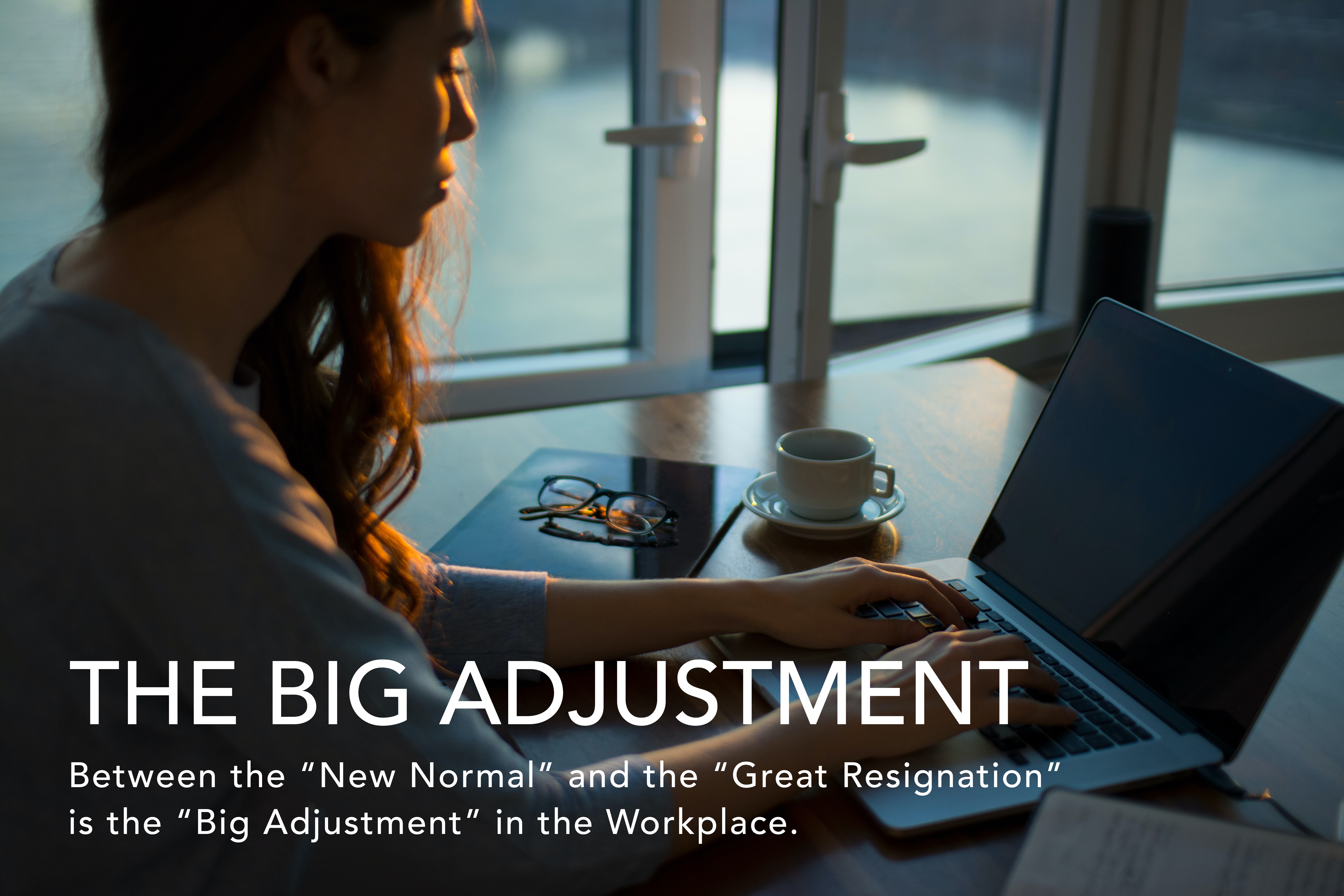
By: Adam D. Kemper, Managing Partner of The Workplace Law Firm, PLLC
The way companies employ individuals continues to change, especially during the pandemic and the world’s resulting reaction to it which has been commonly referred to as the “new normal.” The companies that made the “big adjustment” to cater to the needs of their employees and customers survived in the pandemic and continue to thrive today.
A major part of the world’s adjustment to the pandemic has been in the workplace setting. Early in the pandemic (think back to February 2020), employees had no choice but to leave their normal routine of 9am-5pm office life and learn to work from home, while juggling childcare responsibilities, isolation-related anxiety, fear of or actual exposure to the virus itself, and uncertainty about a variety of things (including continued employment).
Employees took months to adjust and once they did, many realized that they actually preferred working from home. When it came time to “bring everyone back to work,” a historic number of employees decided that they would rather resign from their jobs and seek unemployment compensation (which was given at a premium due to some governmental initiatives) and/or to seek out new employers which offered flexible working arrangements.
 In response to the “great resignation event,” many employers were left scrambling with high real estate bills, empty seats, and transitional expenses associated with employees coming and going.
In response to the “great resignation event,” many employers were left scrambling with high real estate bills, empty seats, and transitional expenses associated with employees coming and going.
In trying to strike a happy medium between employees and employers as part of recruitment and retention efforts, some employers made an adjustment and created some form of flexible or hybrid working arrangement.
Flexible working arrangements bring on their own set of challenges, including the following five:
- Maintaining a safe working environment at the “office” location (regardless of whether it is at the employee’s home or at the employer’s worksite);
- Ensuring employees are actually working and are also accurately recording their time worked;
- Ensuring employees abide by all workplace policies and procedures;
- Maintaining employee camaraderie, engagement and training; and
- Maintaining company culture as it relates to employees and customer interactions
For example, if someone becomes injured while working (anywhere), there may be workers’ compensation and OSHA implications (among other legal issues to consider).
Additionally, there is a balance between offering flexible working arrangements and also ensuring employees are getting the work done and accurately recording their time worked. For example, employees should not be clocked in if they are not actually working and let’s say taking care of childcare obligations. However, they should be clocked in if they are working during off hours because they had childcare responsibilities during the day.
Some employees feel that if they are at home, there are less formalities with respect to following workplace rules and procedures. For example, there were numerous stories about employees dressing or speaking inappropriately during videoconferences, but if such meetings were in person, perhaps the same employees would have behaved and/or dressed differently.
 As a result, employers must continue to remind employees that they are expected to comply with all workplace policies and procedures regardless of their work location and failure to do so will result in the same disciplinary action they would have received if they were working “on-site.” This is important not only for employee relations, but also for customer interaction. The customer experience should be the same regardless of where employees are physically located.
As a result, employers must continue to remind employees that they are expected to comply with all workplace policies and procedures regardless of their work location and failure to do so will result in the same disciplinary action they would have received if they were working “on-site.” This is important not only for employee relations, but also for customer interaction. The customer experience should be the same regardless of where employees are physically located.
There was also a need to adjust so that managers, supervisors and leadership with an organization maintained camaraderie, engagement, training and oversight with employees while such employees were working remotely.
Various stages of the pandemic called for different strategies and those employers who made the effort to employ strategies generated better results in employee recruitment and retention.
One thing to keep in mind is that happy employees tend to stick around, serve customers well, and not file workplace claims or lawsuits. Additionally, having employment law counsel available to assist your business with proactive and preventative strategies is not only prudent in this environment, it is necessary especially when making workplace adjustments which have legal implications.
The employers who figure out that they need to constantly work and adjust to keep their employees happy and their workplace free from workplace legal violations, well those are the ones that have figured out the formula for success in this “new normal.”
Adam Kemper, is the managing partner of The Workplace Law Firm. Adam can be reached at akemper@theworkplacelawfirm.com

Leave a Comment